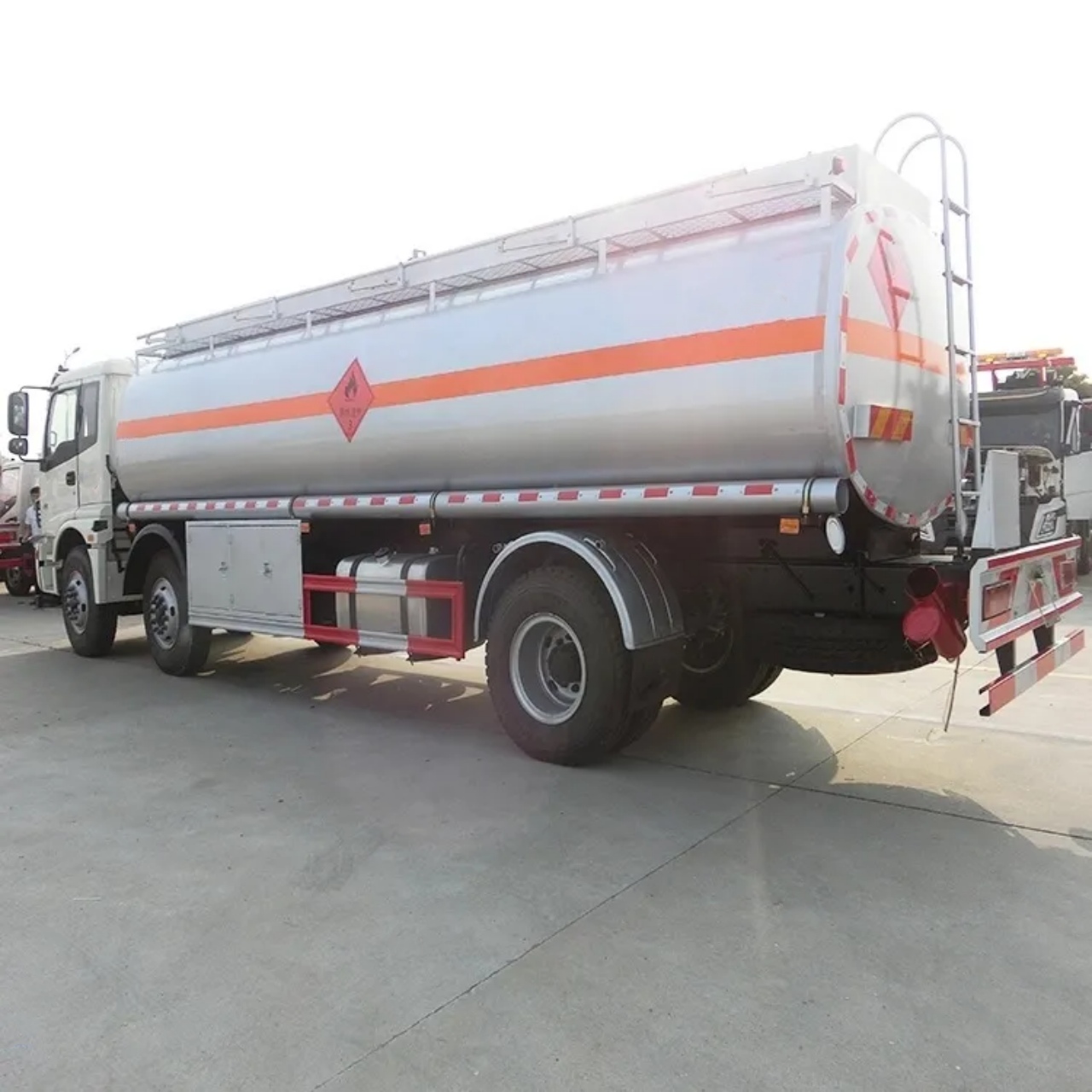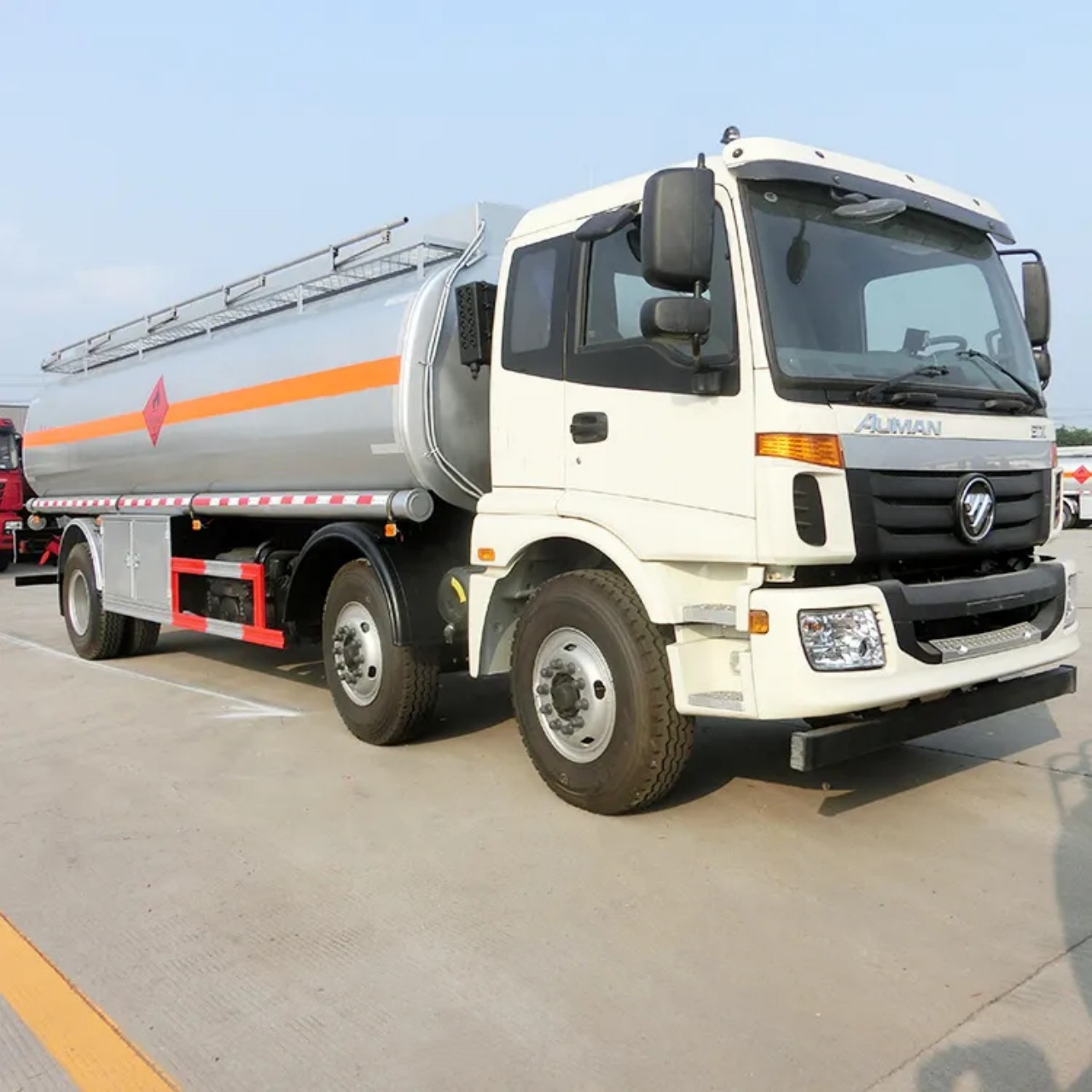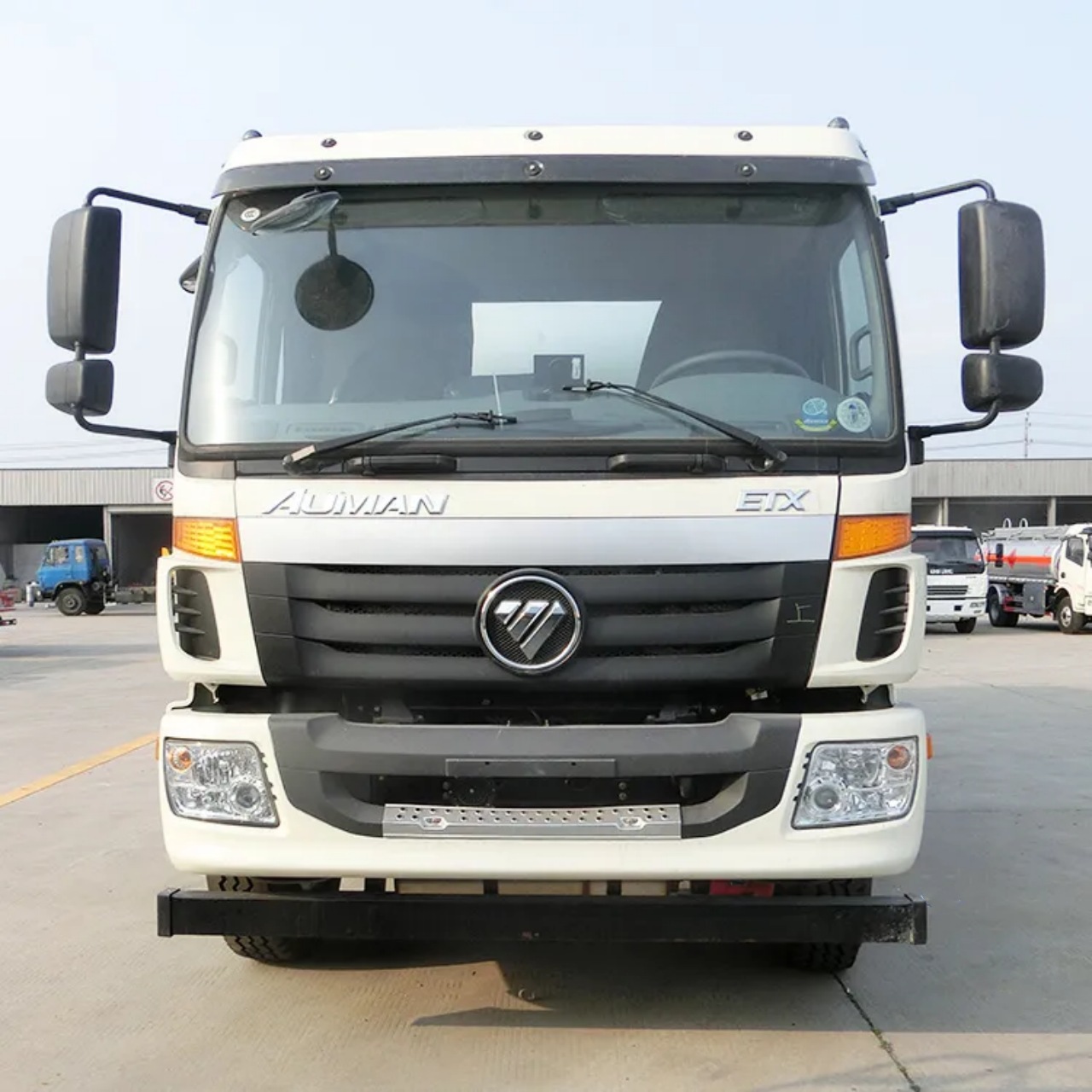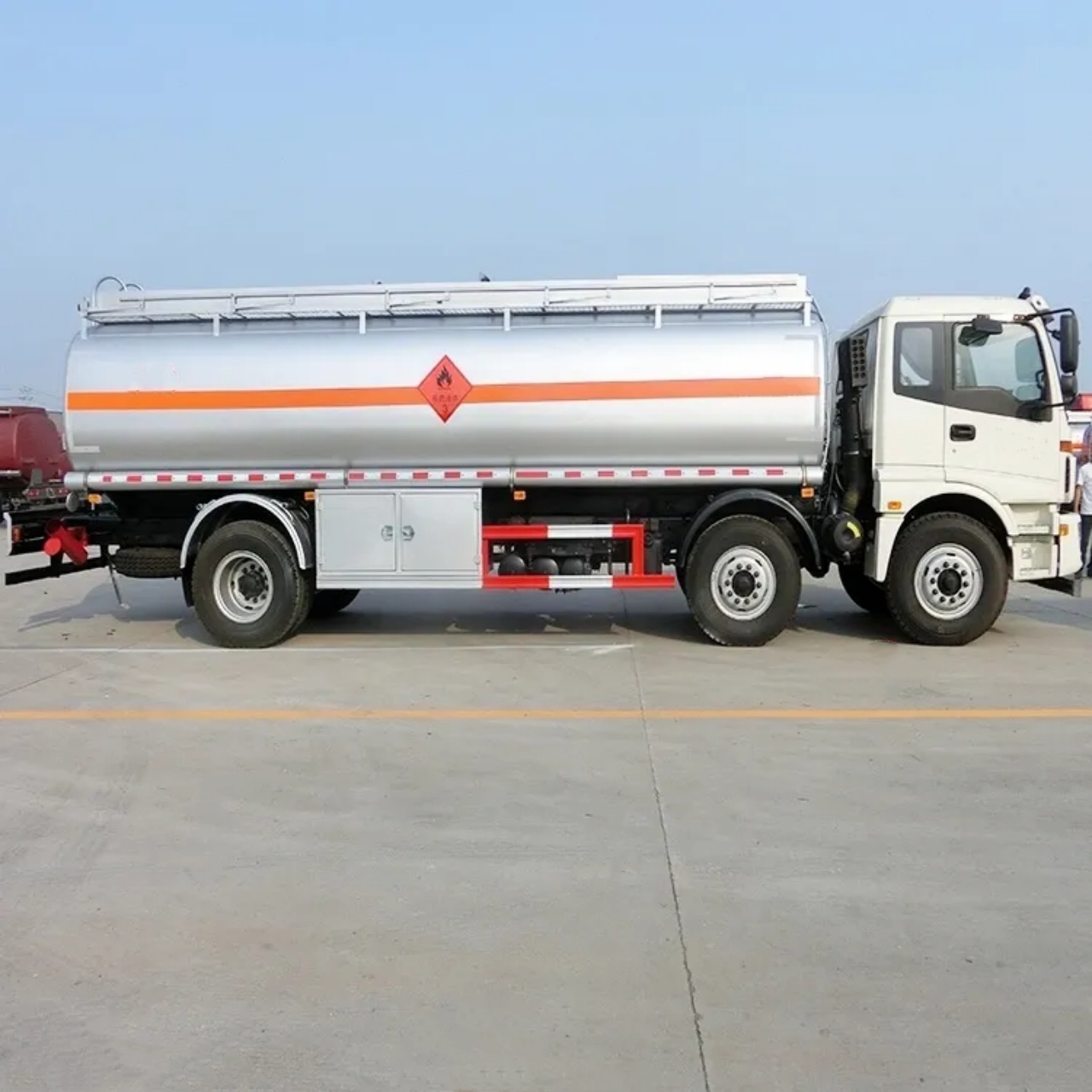Fuel lorries, also known as fuel tankers or petroleum tank trucks, are vital components of the global logistics and fuel supply chain. They play a critical role in transporting gasoline, diesel, aviation fuel, and other petroleum products from refineries and storage terminals to filling stations, airports, industrial facilities, and even remote regions. But how big is a fuel lorry, exactly? The answer depends on a variety of factors, including its design, purpose, regulatory standards, and the type of roads it operates on. This article explores the dimensions, capacities, and classifications of fuel lorries in detail, shedding light on their impressive scale and engineering.
Fuel Lorry Classifications
Fuel lorries come in a variety of sizes and configurations, broadly categorized by their capacity and chassis design. They can range from small urban delivery trucks with modest tank volumes to massive highway-going semi-trailers designed for long-haul fuel distribution.
1. Small Rigid Fuel Trucks (Light-Duty)
These are typically 2-axle rigid trucks designed for local deliveries in congested urban areas. Their tanks are often made from aluminum or stainless steel to keep weight down.
- Length: 6 to 8 meters (20 to 26 feet)
- Width: Approximately 2.5 meters (8.2 feet)
- Height: 3 to 3.5 meters (10 to 11.5 feet)
- Capacity: 4,000 to 10,000 liters (1,000 to 2,600 gallons)
These trucks are ideal for reaching small fuel stations, backup generators, and equipment at construction or industrial sites.
2. Medium Rigid Tankers
These trucks serve a broader range of deliveries and can carry more fuel over mid-range distances. They may have 2 to 3 axles and offer better payload capacity while still being relatively maneuverable.
- Length: 8 to 10 meters (26 to 33 feet)
- Capacity: 10,000 to 18,000 liters (2,600 to 4,750 gallons)
They are a common sight in both suburban and rural areas, bridging the gap between city-scale and industrial fuel transport.
3. Articulated Tankers (Semi-Trailer Fuel Lorries)
The largest and most recognizable type of fuel lorry is the articulated tanker, which combines a prime mover (tractor unit) and a fuel tank semi-trailer.
- Total Length: 12 to 16.5 meters (40 to 54 feet)
- Tank Length: Approximately 10 to 12 meters (33 to 40 feet)
- Height: 3.5 to 4 meters (11.5 to 13 feet)
- Capacity: 30,000 to 42,000 liters (7,925 to 11,100 gallons)
These giants are used for highway transport, moving large quantities of fuel between depots and refueling centers. Some operate in multi-compartment configurations, allowing them to carry different fuel grades simultaneously (e.g., diesel and petrol).
Specialized Fuel Lorries
Beyond standard fuel tankers, there are also highly specialized variants tailored to unique industries and operational conditions.
1. Aviation Fuel Tankers
These can be either rigid or articulated, depending on the volume needed. They often include onboard filtration systems and anti-static devices to meet aviation fuel standards.
- Capacity: 10,000 to 40,000 liters (2,600 to 10,500 gallons)
2. Off-Road Fuel Lorries (Mining & Military)
Designed for unpaved or rugged terrain, these fuel lorries may have enhanced suspension, all-wheel drive, and reinforced tanks.
- Capacity: Varies widely, but typically between 5,000 to 20,000 liters (1,300 to 5,300 gallons)
Tank Design and Compartments
The tank of a fuel lorry is more than just a large metal cylinder. It is carefully engineered to meet stringent safety and performance standards.
- Shape: Typically cylindrical with rounded ends to minimize stress and pressure fluctuations.
- Compartments: Most fuel tankers are divided into multiple compartments (3 to 8), enabling them to carry different fuel grades or distribute weight more evenly.
- Materials: Aluminum alloy is common due to its strength-to-weight ratio and resistance to corrosion. Stainless steel is used for specialized fuels.
Internal baffles reduce the movement of liquid (slosh effect) during transit, which is essential for vehicle stability and braking.
Legal and Regulatory Constraints
The size of a fuel lorry is not just a matter of design; it’s heavily regulated by transportation authorities around the world. These regulations dictate maximum dimensions and axle loads to ensure road safety and infrastructure preservation.
For instance:
- In the United States, the maximum gross vehicle weight (GVW) for standard interstate highway vehicles is 80,000 pounds (36,287 kg), with a maximum length of 53 feet (16.15 meters) for trailers.
- In the European Union, articulated lorries can measure up to 16.5 meters in length and have a GVW of 40 to 44 metric tons, depending on the country and number of axles.
These constraints influence not only the physical size of the lorry but also how much fuel it can legally transport.
How Much Fuel Does a Lorry Deliver?
On average, a full-sized articulated fuel lorry with a 40,000-liter capacity can refuel:
- Around 800 cars (assuming each fills up with 50 liters of fuel),
- Or supply a week’s worth of diesel to a busy truck stop,
- Or refuel multiple aircraft at a small regional airport.
This high payload makes them indispensable in keeping transport and commerce moving smoothly.
Factors Influencing Lorry Size Selection
The size of a fuel lorry chosen for a particular job depends on several considerations:
- Delivery Location: Urban deliveries require smaller trucks that can navigate tight streets.
- Fuel Type: Some fuels, like aviation or racing fuels, demand smaller, specialized tankers due to handling and safety needs.
- Distance and Frequency: Long-haul distribution favors large articulated tankers for efficiency.
- Access to Infrastructure: Sites without large turning radii or strong roads may not accommodate full-size fuel lorries.
Final Thoughts
So, how big is a fuel lorry? It can be as compact as a small truck carrying 4,000 liters, or as massive as a 16-meter-long articulated tanker hauling over 40,000 liters. Their size and design are determined by a mix of logistical, regulatory, and operational needs. Regardless of their dimensions, fuel lorries are among the most important vehicles on the road, quietly powering industries, economies, and everyday life by ensuring a steady flow of energy to where it’s needed most.





